Aircraft Photos Taken at RAF Cosford
Albrighton, England, United Kingdom
-
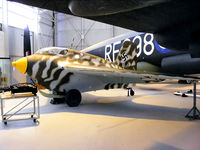 by Chris Hall @ EGWC
by Chris Hall @ EGWC
-
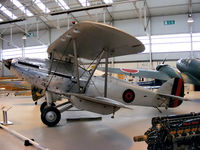 by Chris Hall @ EGWC
by Chris Hall @ EGWC
-
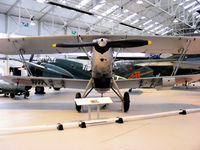 by Chris Hall @ EGWC
by Chris Hall @ EGWC
-
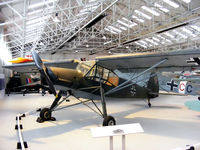 by Chris Hall @ EGWC
by Chris Hall @ EGWC
-
 by Chris Hall @ EGWC
by Chris Hall @ EGWC
-
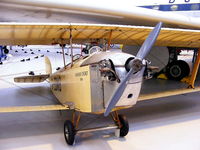 by Chris Hall @ EGWC
by Chris Hall @ EGWC
-
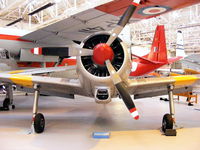 by Chris Hall @ EGWC
by Chris Hall @ EGWC
-
 by Chris Hall @ EGWC
by Chris Hall @ EGWC
-
 by Chris Hall @ EGWC
by Chris Hall @ EGWC
-
 by Chris Hall @ EGWC
by Chris Hall @ EGWC